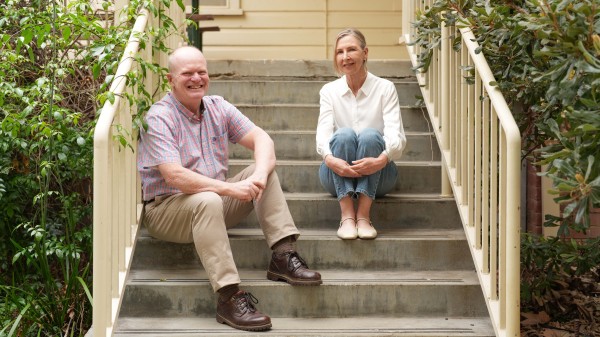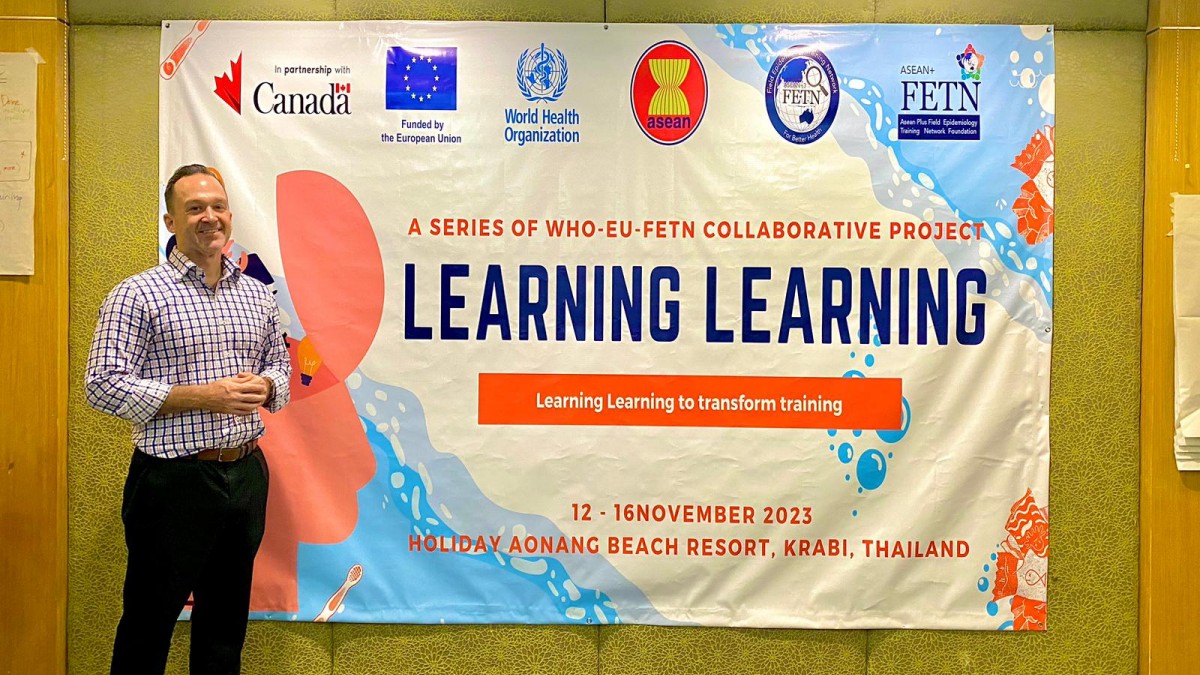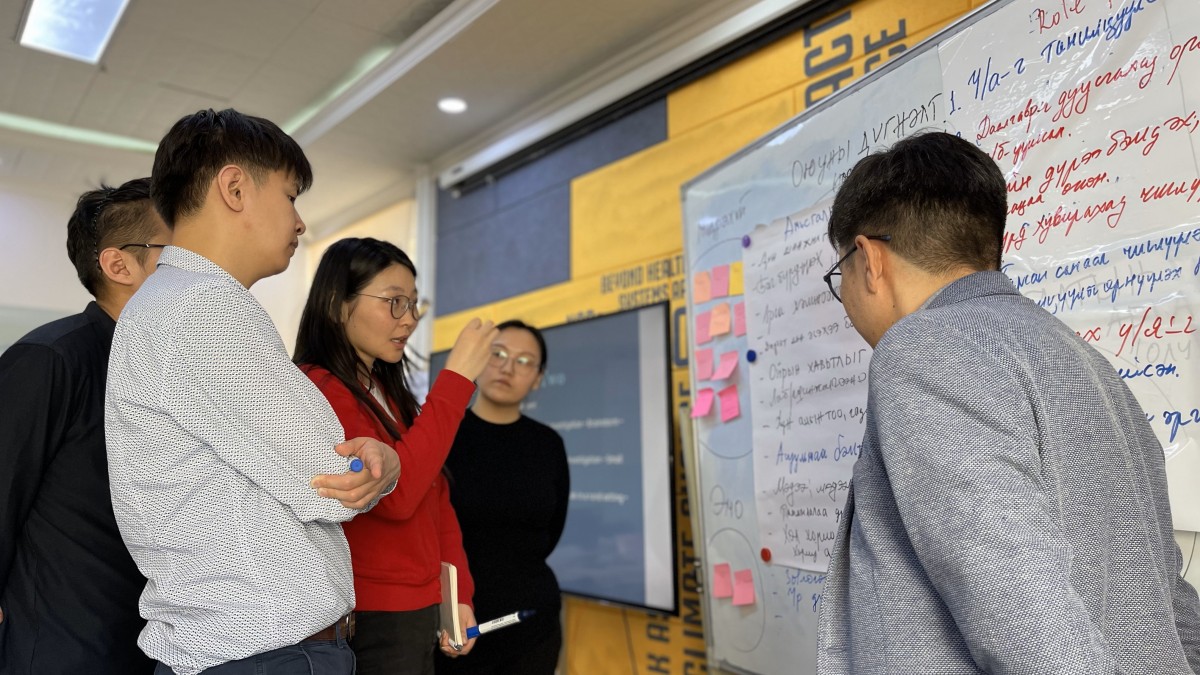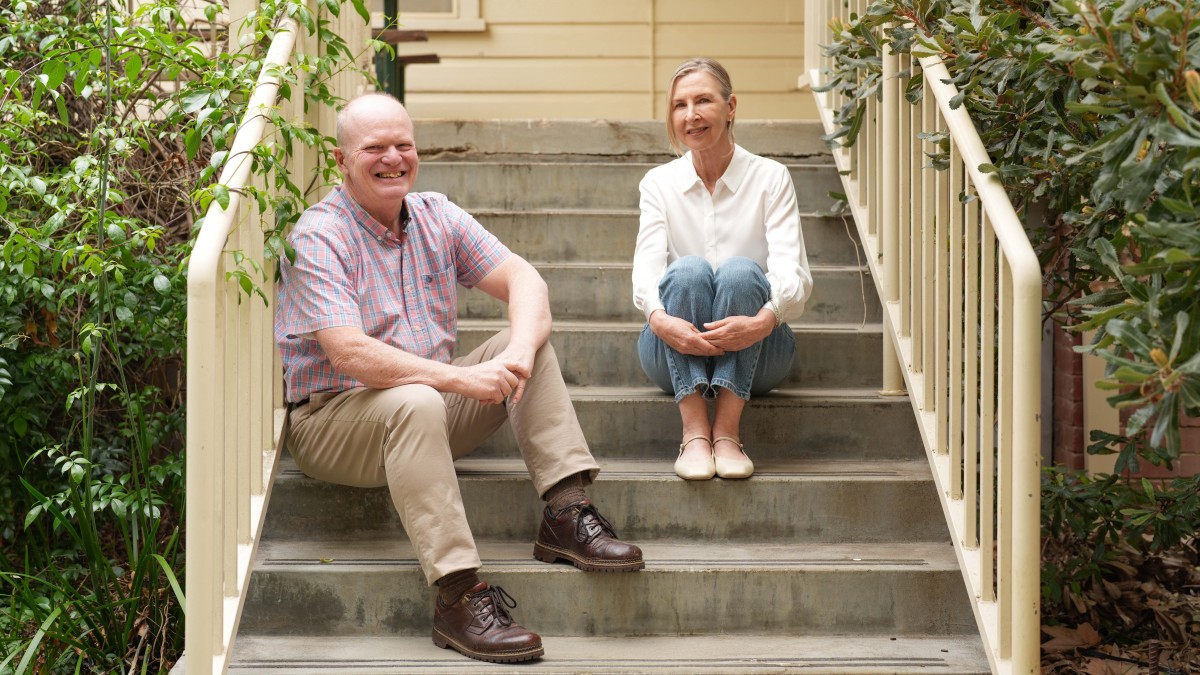Field epidemiologists were thrust into the spotlight by the pandemic as they worked to contain the impacts of COVID-19. These days they no longer make front-page news, but their role in keeping people safe is no less important.
So how do they keep people from getting sick, and how is this crucial workforce trained?
The making of disease detectives
“Epidemiologists are problem solvers,” says public health practitioner and PhD student Matthew Griffith. “These problems are about certain populations getting sick more frequently or rapidly than other populations, and the problems tend to be acute and immediate, for example COVID-19, Ebola, or foodborne outbreaks.”
What sets field epidemiology apart from other branches of epidemiology is that this problem-solving should end in actionable recommendations, for example quarantining a certain area or educating the public on handwashing and mask wearing.
Field epidemiologists use questionnaires, surveillance, epidemic curves, and case-control studies to solve immediate problems with actions.
The importance of problem solving while working locally in the field is baked into their training from the get-go.
“Alexander Langmuir, the founder of field epidemiology training programs in 1951, understood that learning in practice was more effective. During his lectures, he would tell the stories of outbreaks instead of presenting definitions, concepts, and diagrams,” says Griffith.
Langmuir would describe previous outbreak investigations then use this as a case study for trainees to work through together and problem solve. The initial reaction by some students to this teaching methodology was frustration: they weren’t told all the information! Soon however, they became intrigued, and were excited to ask questions and discover solutions in these simulated real-life epidemic investigations.
These lectures and case studies were just the beginning, however. Langmuir used every opportunity to throw trainees into real outbreaks "to see if they could swim" – an approach clearly different from the lecture-based classroom teaching of the time.
“He did not go with them. Nor did he send supervisors. Trainees went with other trainees, and they would call back to headquarters every night to report what had happened and to think through problems with supervisors and get advice,” says Griffith.
When students returned from the investigations, Langmuir had a rigorous reflection process that involved defending what they had done in the field in front of supervisors and senior trainees, then writing up a report with lessons learned.
“This is actually a pedagogical function – several learning theories highlight structured reflection as key to learning, says Griffith, “and clearly differs from lecture-based classroom teaching.”
Learning by doing in local contexts
This original training program laid the foundation for an enduring and successful expansion of field epidemiology training programs globally. The program proved adaptable to the diverse contexts of countries worldwide, and it is this adaptability that makes it so successful in training field epidemiologist for the varying circumstances they encounter while in the field.
In a paper recently published by Griffith and Pamphilon from the University of Canberra, they argue that Langmuir's approach fits in the constructivist approach to education – meaning that rather than discovering the Truth, learners and educators construct knowledge together as their mental structures interact with social and physical environments through experience.
In other words, the educational approach itself allowed for diverse contexts instead of expecting learners to receive a standard curriculum and then try to apply it into diverse contexts.
“One could imagine how sending standard lecture notes and slides would be difficult to apply in places where the data and the processes for interacting with communities are different. One can, however, use stories of local outbreaks, develop case studies based on local outbreaks, and send trainees into the field to address local outbreaks with local surveillance data. The gap between the classroom and the field is smaller,” he says.
As these training programs continue to evolve, Griffith urges their leaders not to lose sight of what has made the program so effective, i.e. presenting trainees with case studies and examples that reflect the local context in which they are likely to work. He maintains it is less useful to present trainees with case studies from a foreign place, describing a foreign situation where foreign foods are eaten, or with straightforward and ‘clean’ data, because trainees will then struggle when they encounter real life situations.
“Field epidemiology is essentially problem-solving. COVID-19 was another problem to solve, as will be the next pandemic. So, we must invest in the trainers of these programs to ensure that they are skilled and confident in presenting local problems and facilitating trainees through them,” says Griffith.












